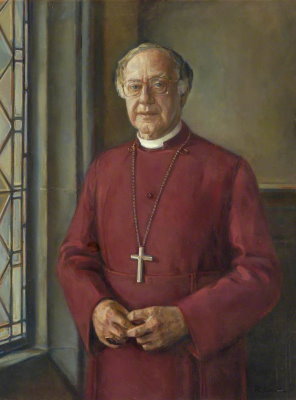
You can be forgiven if you don’t know who Robert Runcie is. Perhaps by the end of this you’ll have an inkling.
I had flown from Boston to London’s Heathrow. It was the first leg of getting home to New Zealand to begin teaching in the new school year. A southern hemisphere school year (at least in Australia and New Zealand) starts in February and goes to December. I had organized only a brief stay in England and basically was using London as a jumping off point to get to Ireland to visit my old teacher who was Irish and had returned to Ireland from New Zealand to live out her autumnal days.
How best to use the few days in London?
The first thing that struck me (this was way back in the mid-1980s) was the number of mosques and minarets and loud speaker calls to prayer. I wandered London (sort of) and all the street names were the names on the Monopoly Board Game I had played as a child: Park Lane, Piccadilly, Pall Mall, Whitehall, Fleet Street…
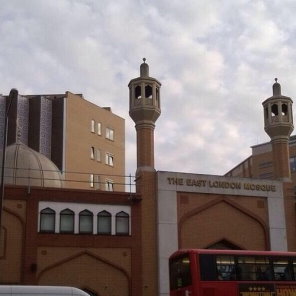
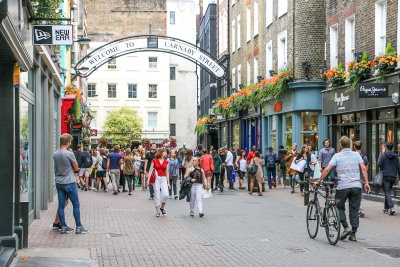
I went to Madame Tussauds Wax Museum. Why I went there I have no idea. I guess it was a place I had heard about all my life. I’m glad I did. I loved it. Of course the figures are so real and life-like that other visitors stand still and you come up and stare at them thinking they’re a model. The wax figures were standing on the floor and you walk around them as if they’re part of the crowd. The only figure cordoned off was the Queen. I dare say people would be tempted to pat her on the bum.
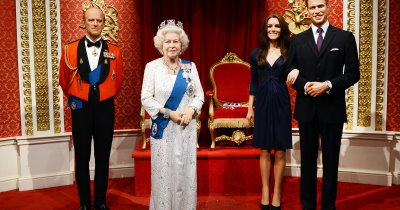
I got a heck of a fright when I turned a corner in the corridor and there was a dead lady holding her shopping parcels sitting on a bench. On the way out I thanked the guard at the door, only to realize that the guard, like the dead lady, was made of wax.
The next place I went to see was the Tower of London. I had long been a fan of Shakespeare’s Richard III which was partly set in the Tower. I saw the Crown Jewels. There was no loitering in front of the glass cabinets. I saw crows at the Tower – black and ominous. Walking out and through a park was a little garden with flowering pansies. In the middle of the flowers was a plaque which indicated the spot where the scaffolding stood when Sir Thomas More was beheaded.
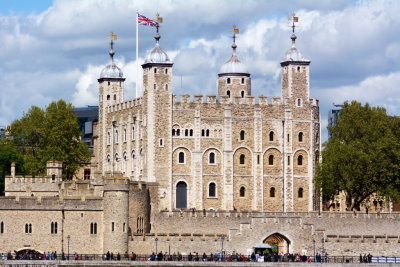
One of the things I wanted to do in England was to do what they did in Chaucer’s Canterbury Tales; and that was to make a pilgrimage to Canterbury Cathedral and visit the spot where Thomas à Beckett was murdered. I did it via train!
When I arrived in Canterbury it was Sunday and the cathedral bells were tolling. I could see the cathedral and began to walk towards it. No one told me there is an ancient wall around the town. How the bloody hell am I meant to get on the other side of the wall? Eventually I found a sort of tunnel-gate. I was at the cathedral!
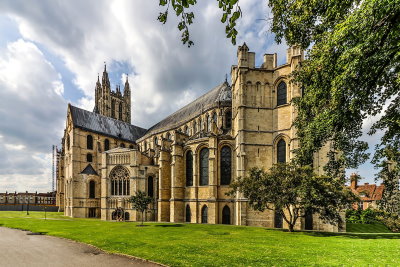
It should be remembered that I was a youthful tourist who hadn’t shaved for a week and was wearing a t-shirt and torn and dirty jeans. I was stopped at the door.
“Tourists can’t go in at present,” said the lady. “The Divine Service is about to start.”
“Oh,” I said, “I’m here for the Divine Service.” I was ushered to a seat surrounded by men in expensive suits and women in long dresses and mink coats. And then entered the then Archbishop of Canterbury – Robert Runcie!
The service took about an hour and at the end of it, eager not to get crowded out at Thomas à Beckett’s murder spot, I raced up to a man wearing a blue cloak with stars on it and asked “Where was Saint Thomas murdered?”
“It’s down those steps,” he said. I was the first there. There are kneelers in front of a marked stone on the floor. I knelt. And then I realized something: pilgrims on pilgrimage have an intention, a request, a reason for going on pilgrimage. I had not given it a thought, so I simply prayed, “Dear Saint Thomas give me a lovely day!”
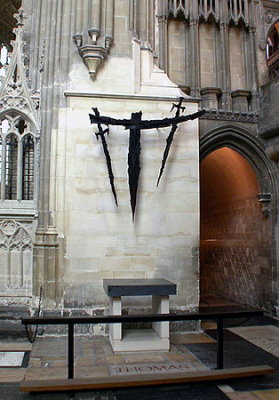
Almost immediately the woman kneeling next to me turned and asked, “What are you doing today?” She was from Virginia but had grown up in Canterbury. She was in Canterbury visiting her mother and said, “You’ve no idea how long the hours are with nothing much to do. Can I show you around Kent?” She said she would go home first to see to her mother and then she’d come back to the Cathedral to pick me up.
I wandered around the Cathedral – this tomb of a King and Queen, that plaque for someone else. I wandered outside. There walking across a lawn with no one else around was the Archbishop of Canterbury – the symbolic head of the worldwide Anglican Communion. I called out, “Archbishop! Can I shake your hand?” He came over, shook my hand, and chatted for a good half hour. A little while later the woman from Virginia returned and I had a wonderful time with Norman ruins, a hearty luncheon in a pub, and all sorts of other Kentish things.
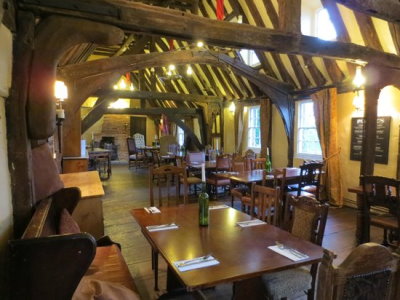
So that is how I met the Most Reverend and Right Honourable the Lord Archbishop of Canterbury …
Contact Author
Back to Index
Next Story
Previous Story
